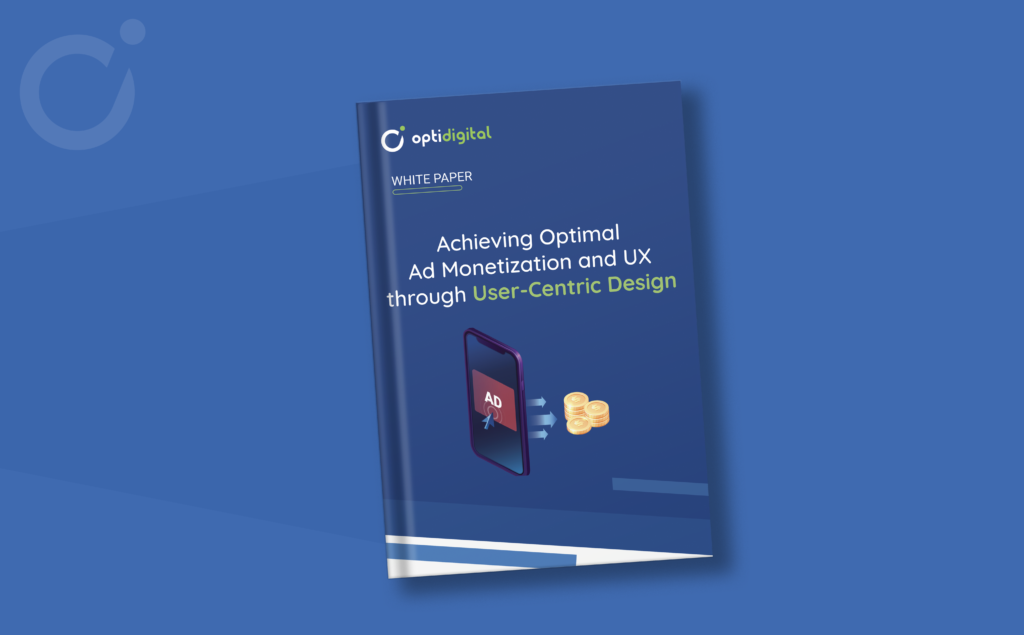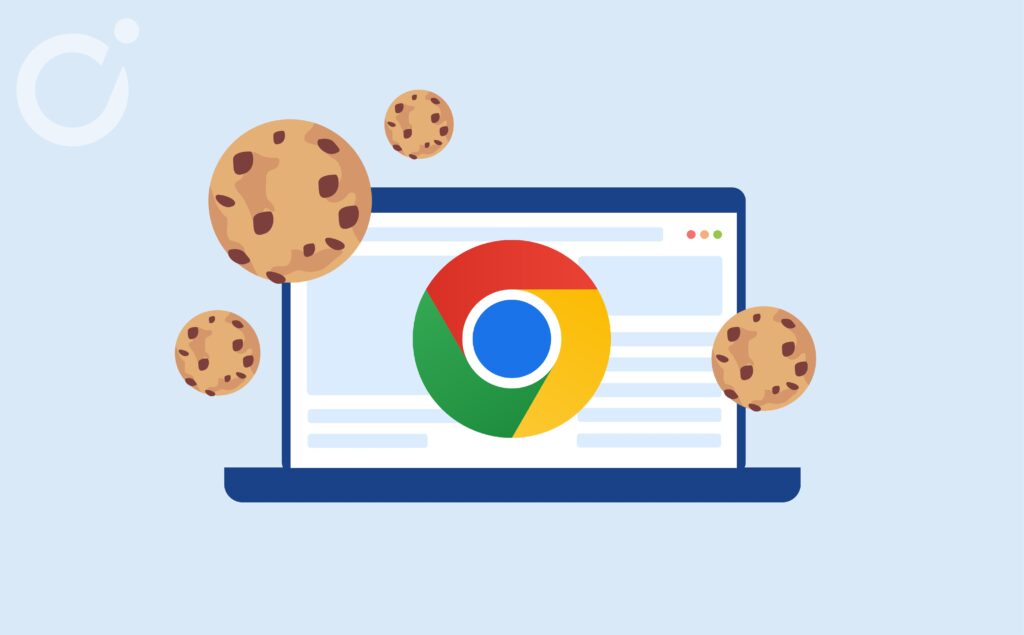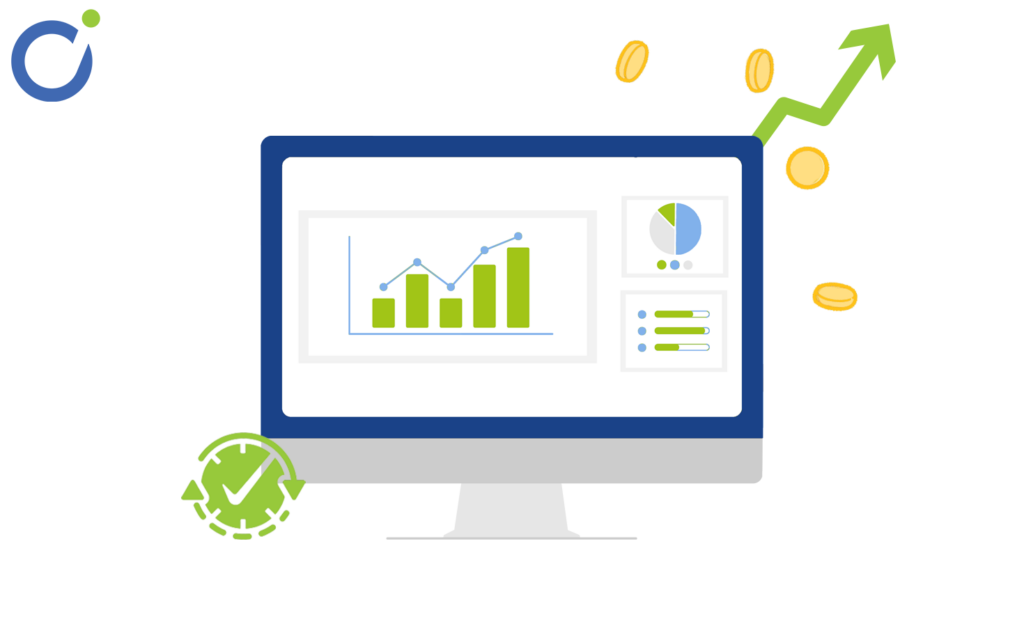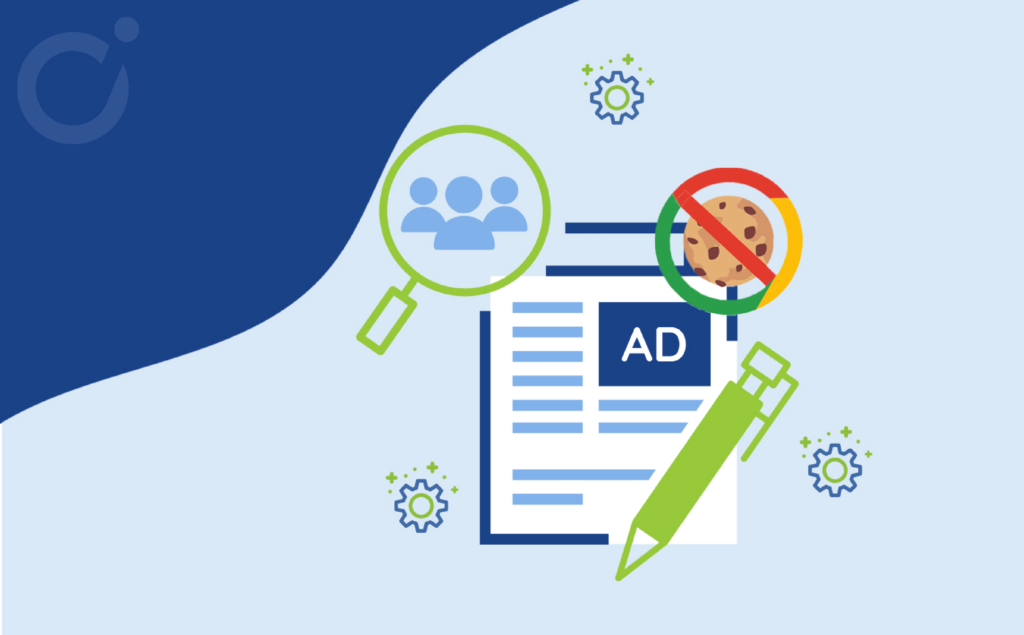Economic recessions, reduced ad budgets, lower eCPM, declining fill rates… To overcome these challenges, publishers need to prioritize the audience in their global strategy including their ad monetization. By focusing on their needs and preferences, media can offer their audiences more impactful experiences that truly engage them, resulting in more profitable outcomes. Below is an overview of our white paper outlining the steps to balance UX and monetization effectively via a user-centric design.
I – Select non intrusive ads
According to Appodeal, in the first half of 2021, the average eCPM for mobile interstitial ads in the UK was estimated at $5.26 on iOS, while banners were estimated at $0.24. While publishers may be tempted to abuse this type of highly profitable, yet disruptive format, it’s important to balance its use and analyze how end-users react to its appearance. Indeed, according to a report published by eye/o, an estimated 37% of Internet users worldwide use ad blockers.
To provide a less disruptive experience for your audience and achieve good attention metrics, such as viewability rates, we therefore recommend that you integrate more native ads. Indeed, their visual blends into the site’s design, avoiding banner blindness.
Enabling a dynamic ad insertion technology to place your ads is also a major adjustment to make. Data-driven algorithms can identify the best ad placements based on the interests, demographics, and online behavior of the user. This personalized approach increases the likelihood of the audience engaging with the ads, leading to higher conversion rates. This is what we call user-centered design.
II – Select relevant ads for users
As Internet users are constantly swamped with advertising content, they have developed an acute awareness of their preferences and expectations when surfing the web. As a result, being confronted with irrelevant advertising feels intrusive and disruptive to their online experience. Here are some tips on how to follow a user-centered design, delivering more relevant ads in today’s digital landscape:
- Optimize third-party cookies until the end of 2024: In Europe, we are seeing an increasingly low level of consent to the use of personal data, which is having a considerable impact on publishers’ revenues. The fewer cookies are accepted, the fewer data advertisers have to target users with relevant ads, which ultimately weighs on media revenues. That’s why, despite the forthcoming end of third-party cookies at the end of 2024, publishers should optimize their consent rates as long as third-party cookies are still used in Google Chrome browser. Here are some tips to improve your consent rate.
- Prepare for the end of an era: Explore alternative methods to collect valuable information about the audience for targeting purposes. Among them are: first-party cookies, universal ID, probabilistic ID, contextual targeting…
- Only display high value ads: Dynamic price floors encourage buyers to pay more for in-demand inventories and can block ads from too poor value. By defining the minimum price for which you’re willing to impact the user experience, you’re following a user-centric logic. If you choose not to display low-value ads, you can still take advantage of the advertising space, by displaying in-house campaigns or by explaining to your readers why there are no ads, as in the example we present you in our white paper.
III – Optimize web performance
Publishers should prioritize optimizing website performance for several key reasons. Firstly, a fast-loading site enhances the user experience, leading to longer visits and increased engagement. Additionally, a high-speed site ensures accurate ad display, preventing wasted impressions due to slow loading times. By improving ad attention metrics like viewability, you’ll attract more advertisers aiming for a 70%+ average viewability.
…
Find out more about this approach and discover how we helped Webedia engage its audience more effectively: download our white paper.




